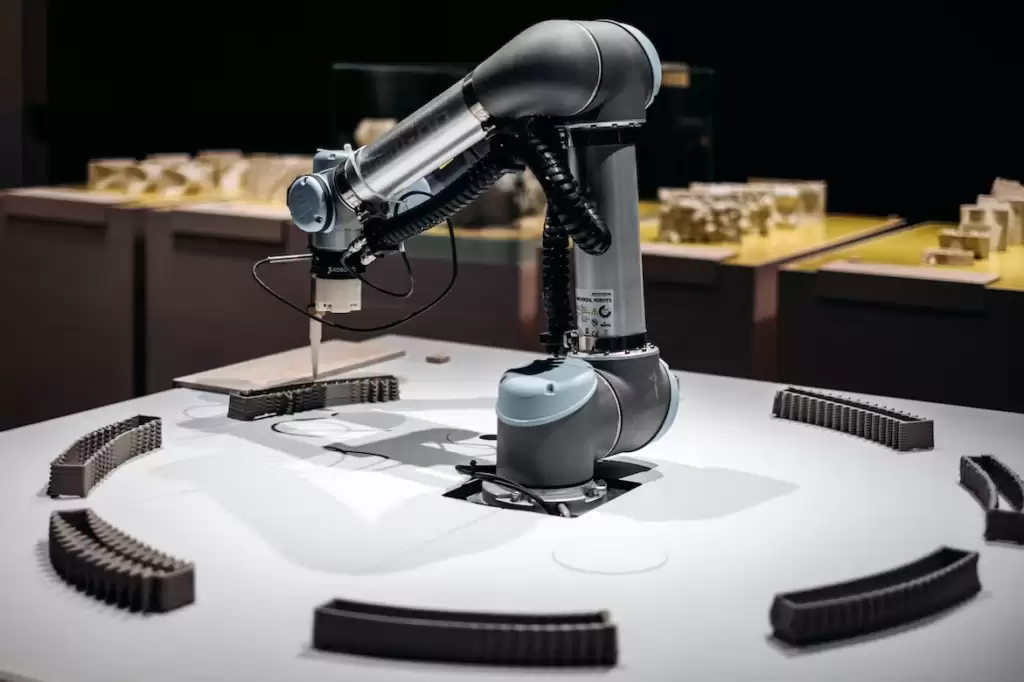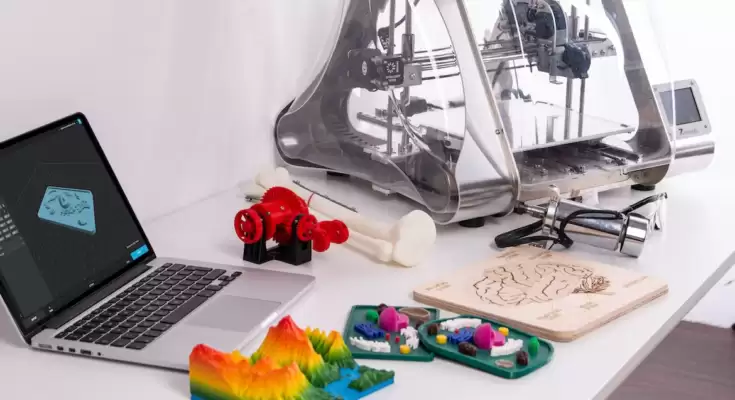3D printing can be a tricky activity to master, especially if you aren’t used to operating with additive machines. However, it doesn’t have to be an intimidating prospect. With the right prep and approach, 3D printing can be a breeze.
It’s worth noting that there are a number of different types of 3D printing technologies, but fused deposition modeling (FDM) happens to be the most common. Here are some tips for beginners working with FDM printers.
Level the Print Bed
The first step to ensure you have an even print surface. Leveling the bed doesn’t imply making it level to a table. 3D printers often work just fine even if they’re flipped upside down. To level the bed you have to position it so that its entire surface is equidistant from the nozzle. This allows the machine to print out a good first layer, giving you a solid foundation for the rest of the print.
Some printers have sensors to detect if the bed is level or not. However, even without one, it’s quite simple to manage this. First, tighten down the screws and heat up the nozzle. Next, you want to home the Z axis to the 0,0,0 position. If your printer doesn’t have a leveling or tramming option, you can manually manipulate the bed so that the print head to ensure it aligns with all four corners and is more or less centered over the adjustment knob. With that, your print bed is good to go.
Ensure Your Filament Is Optimized
Taking care of your filament is absolutely crucial. Most filaments tend to be hygroscopic, meaning they absorb moisture from their environment. This means you have to dry them out before you use them to achieve a proper print texture. You can easily buy filament dryers online to do this.
You should also ensure the filament is free of dust and tangles. You can use a dusting sponge to clean up the dirt and grit accumulated on the filament. Tangles in your spool can cause your filament to stop working and your print to fail. You can prevent this by never allowing the spool to coil as you’re printing.
Change Your Nozzle Periodically
Typically, FDM 3D printers use brass nozzles that wear out over time. Changing your nozzle regularly can help you better channel different materials, such asmetal powders, glass, and plastics to ensure optimal print quality. You could swap out your current brass nozzle for a new one or consider upgrading the material or experimenting with the orifice diameter to achieve more efficient prints.
In order to change the nozzle, you have to heat up the hot end to loosen it from the filament. Hold the heater block using channel-lock pliers, and then use a wrench to unscrew the nozzle. Be careful not to use too much force as you’re putting on a new one so that it doesn’t snap off.
Calibrate the Print Speed

Print speed has a tangible effect on the final outcome of the process. A lower print speed can often yield better print quality, but reduce your print time. However, unless you’re working with a really large model, this slowdown isn’t all that significant.
A slower print speed can also help decrease persistent imperfection on your products. The default value is usually somewhere between 40-60 mm/s. The best option is likely experimenting with different print speeds to arrive at the right one for your needs.
Experiment With Bed Surfaces
Bed compatibility and adhesion is a big part of achieving successful prints, especially when you’re working with different filament materials.
There are lots of different bed surfaces that you can work with, including PEI, BuildTak, Glass, Magigoo, and more. Each surface has its own pros and cons, such as easy print removal, maximum printing temperatures, and compatible materials, among others. It’s worth doing some research to find the best one for your preferences.
Source the Right Print Files
Softwareis as important ashardwarewhen it comes to 3D printing. You need to work with the right printing models to achieve the perfect print. This means finding pre-prepared files to conform to your requirements.
Fortunately, there are millions of files available for you to freely download. Some of the most popular online websites for this include Thangs, PrusaPrinters, and Thingiverse. Always pick files with photos and check out the model to see if it’s reliable. Choosing the right print file is usually the last step before you execute a print.
Finish Strong With Post-Processing
Post-processing is the final step in the 3D printing process before the products are shipped off. Typically, it includes activities like removing any external supports you’ve added, sanding down your products to remove any blemishes, repainting your parts, polishing the surface, and welding and gluing separate parts to make a whole.
It’s not often you see printed parts being boxed up straight away for delivery. Quality post-processing can help you deliver an impressive product and secure repeat orders.
3D printing is a rapidly evolving technology, used to manufacture everything fromautomotive partstobrand logos. As a result, top-notch printing is all about doing your research to ensure you have the right materials and parts. Don’t forget to churn out a few trial prints for every new product. This will help you get a feel for what’s working and what’s not.
